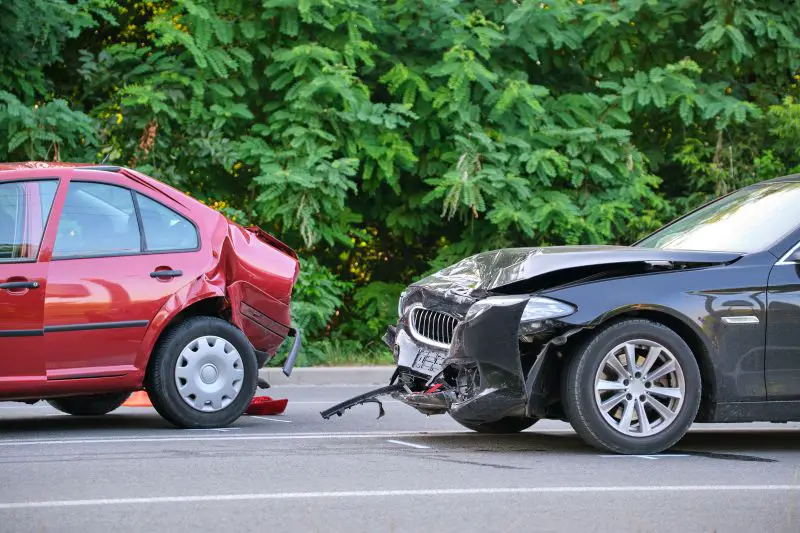Click here to get this post in PDF
The Collision Economy: Bigger Than You Think
It’s easy to think of car accidents purely in terms of personal tragedy or inconvenience—but each crash kicks off an invisible economic engine. From that first moment of impact, entire industries spring into motion. Tow truck companies are dispatched. Insurance claims are initiated. Personal injury law firms start gathering evidence. Auto repair centers clear their schedules. Even tech apps get their slice of the pie.
This seemingly chaotic process has evolved into a streamlined, multi-billion-dollar sector dubbed the “collision economy.” It’s not just an ecosystem—it’s a business model. In the U.S. alone, motor vehicle collisions generated nearly $474 billion in economic loss and societal harm in recent years. Every fender bender has ripple effects—both in dollars and in employment. Understanding this network reveals how accidents aren’t just unfortunate events; they’re business catalysts.
From Impact to Invoice: The Business Chain That Activates
Let’s break down the choreography that begins the moment two cars collide. First come the tow trucks, many of which operate on location-based dispatch software that feeds off police scanners or accident-reporting platforms. These companies often form exclusive contracts with municipalities or private parking facilities, ensuring they’re first in line for business.
Next in line are the auto repair shops. But they’re not just hammering out dents anymore—they’re often backed by nationwide repair networks and logistics software that tracks parts availability and labor flow. As stated by one legal team, then you have insurance adjusters, who are increasingly relying on AI-powered photo analysis to speed up claims. Within hours, multiple vendors—including car rental providers—are activated to keep clients mobile and services profitable.
Startups and Telematics: Tech Entrepreneurs Join the Race
Today’s tech startups are reshaping how car accidents are handled, monitored, and monetized. Accident-reporting apps now let users upload crash photos, identify damage zones, initiate insurance claims, and even request a rideshare—all from the scene. These apps don’t just save time—they create business pipelines for auto shops, insurers, and even personal injury lawyers.
But one of the most exciting evolutions is in telematics—the use of onboard diagnostics and GPS data to monitor driver behavior. Companies like Geotab and Samsara offer fleet operators real-time insights into acceleration, braking, and collision risk. This data isn’t just preventative; when crashes occur, it’s legal gold and insurance fuel.
What’s more, predictive analytics tools are being used to forecast accident hotspots based on time, weather, and traffic flow. For local governments and logistics businesses, these insights create proactive opportunities for improving safety, reducing liability, and saving millions in claims.
Legal Firms: Navigating Ethics in a Profitable Niche
Law firms, particularly those specializing in personal injury and liability, are some of the most active players in the collision economy. While some lawyers wait for clients to come to them, others deploy marketing strategies that seem to chase accidents like storms. Billboards, PPC ads, SEO-rich landing pages, and even partnerships with emergency responders are used to gain a competitive edge.
There’s a fine ethical line here, though. The legal profession must maintain a balance between client advocacy and professional integrity. Many firms are adopting tech-forward practices to improve transparency—using client portals, AI-aided documentation, and even virtual consultations to keep clients informed and reduce friction.
Interestingly, legal firms are now collaborating with auto tech providers to receive crash data directly. This helps them respond faster to cases and offer quicker insights to potential clients. In a sense, personal injury law is undergoing a tech renaissance—driven, ironically, by wreckage.
The Rise of Fleet Management Firms and Business Adaptability
For businesses with mobile assets—delivery vans, HVAC trucks, rideshare vehicles—the collision economy isn’t just something to profit from. It’s something they have to survive. That’s where fleet management companies come in, offering end-to-end solutions for commercial vehicle monitoring, accident response, driver behavior tracking, and compliance documentation.
Fleet businesses now rely on smart dashcams with AI that can detect fatigue, distraction, or traffic violations. When an accident occurs, these systems auto-archive the footage and trigger incident reports. Some fleet services even offer “instant claims” integrations with insurers to reduce vehicle downtime and cost.
At the business level, this means fewer liabilities, lower premiums, and faster returns to operational status. It also creates business opportunities for tech startups, compliance auditors, and legal consultants who understand the nuances of mobile liability management.
Conclusion: Crashes, Capital, and the Future of this Economy
The collision economy is more than a reactive industry—it’s a strategic business arena. Every accident sets off a predictable but complex chain of commercial interactions, from repairs to rentals to courtrooms. This system isn’t accidental—it’s engineered, and it’s expanding.
As technology, transportation, and mobility continue to evolve, the businesses that thrive will be those that anticipate accidents rather than just react to them. For entrepreneurs, legal advisors, insurers, and fleet operators, understanding this landscape is no longer optional—it’s essential. After all, in today’s economy, a crash might just be the starting line of your next business opportunity.
Also read:
5 Ways To Protect Your Rights After A Car Accident
Driving Business Success: The Impact of Efficient Fleet Management
Image source: elements.envato.com

